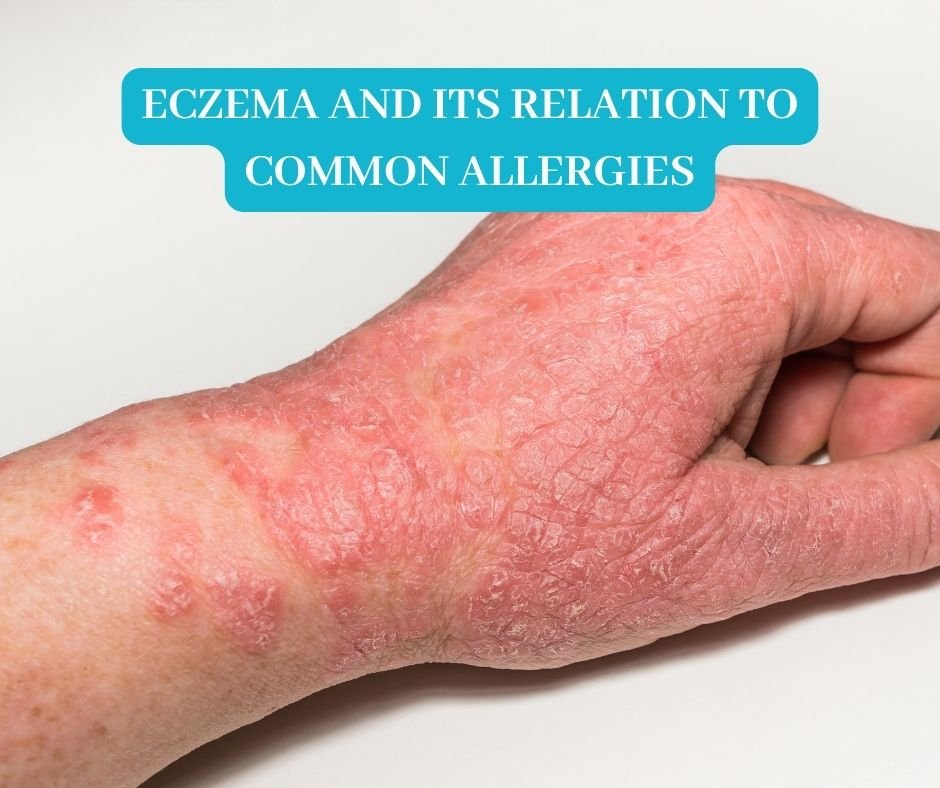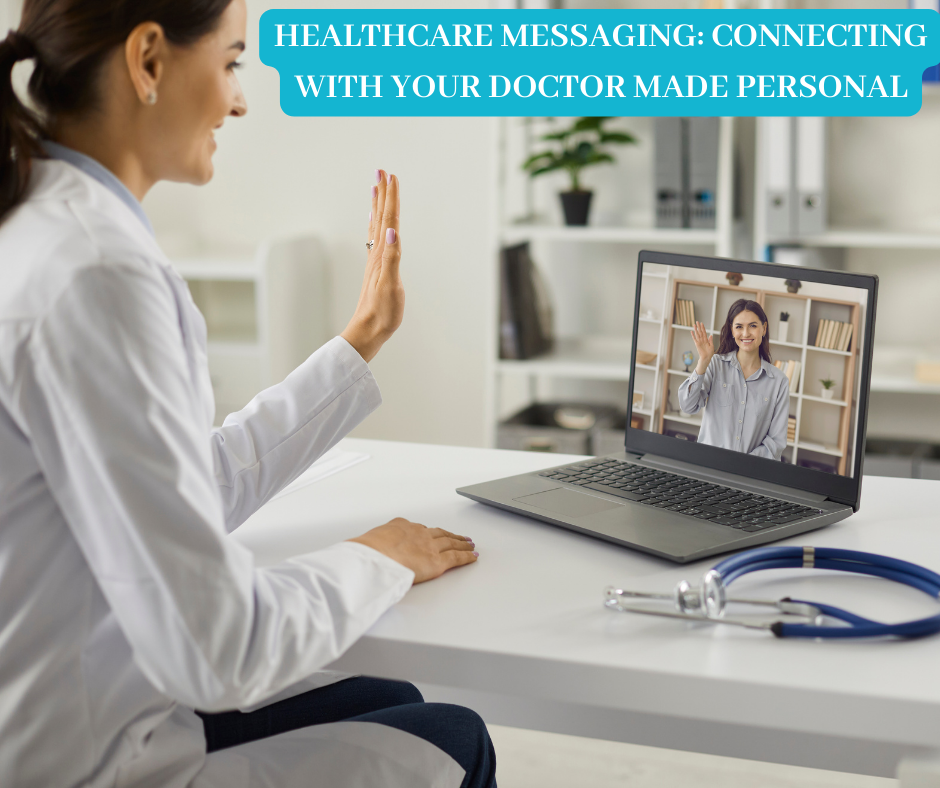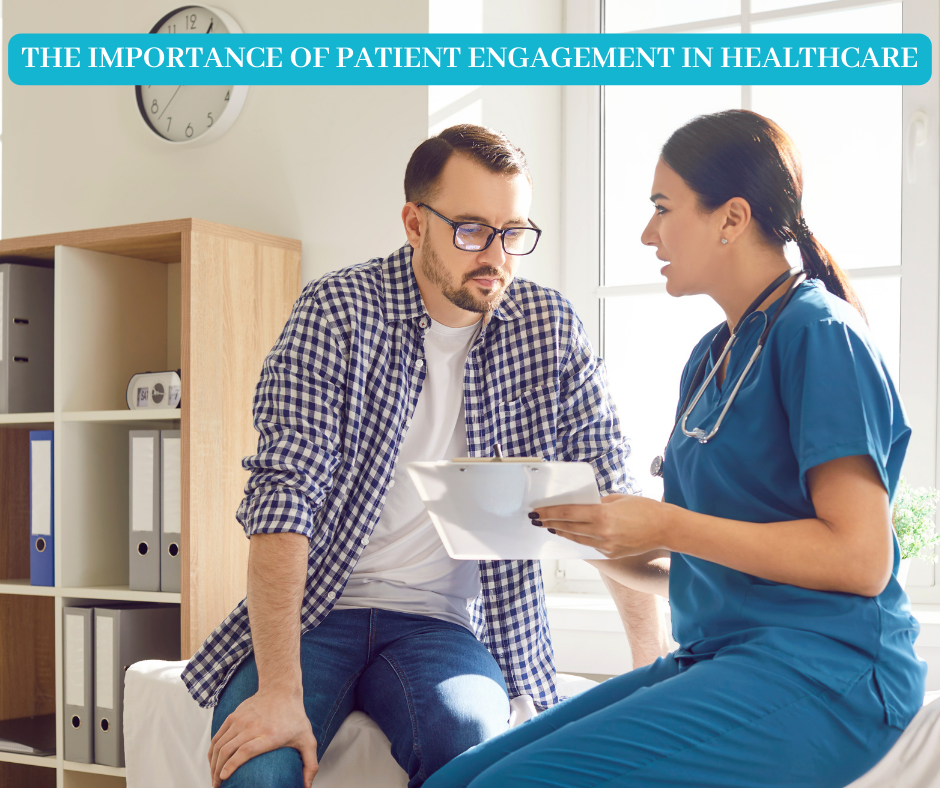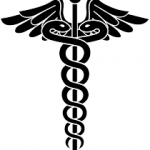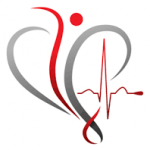In the complex landscape of healthcare institutions, the role of a medical director is indispensable. Medical directors serve as crucial liaisons between frontline healthcare teams and the executive leadership, commonly known as the C-suite. They play a pivotal role in coordinating patient care, interpreting challenges for the C-suite, advising on clinical improvements, and influencing both clinical and nonclinical departmental positions to drive positive change.
Understanding the Role of a Medical Director
What is a Medical Director?
A medical director holds a leadership position within a healthcare organization, typically a hospital or a clinic. They oversee the clinical and administrative aspects of healthcare delivery, ensuring that patients receive high-quality care while also managing the operational efficiency of the facility.
Medical Director Job Description
The medical director job description encompasses a wide range of responsibilities, including but not limited to:
- Setting clinical objectives and expectations for healthcare teams
- Overseeing patient care protocols and ensuring adherence to clinical best practices
- Collaborating with the C-suite to align strategic goals with clinical operations
- Providing leadership and guidance to clinical and nonclinical staff
- Upholding ethical and moral principles in all aspects of decision-making
Essential Skills and Qualities of a Medical Director
Effective Communication
Communication is paramount for a successful medical director. They must be adept at conveying objectives clearly to their teams and handling delicate issues with sensitivity. Effective communication fosters trust among staff members and promotes a collaborative work environment.
Emotional Intelligence
Emotional intelligence (EQ) is another critical trait for medical directors. EQ enables them to understand and manage their emotions effectively, leading to improved interpersonal relationships and more productive work environments.
Clinical Expertise
While not always directly involved in patient care, medical directors must possess a deep understanding of clinical best practices. This knowledge allows them to guide their teams effectively and ensure the delivery of high-quality care to patients.
Administrative Ability
Strong administrative skills are essential for medical directors to juggle multiple responsibilities effectively. They must excel in organizational management, planning, and resource allocation to ensure the smooth operation of healthcare facilities.
Steps to Becoming a Medical Director
Education and Training
Most medical directors hold advanced degrees in medicine or related fields and have significant experience in clinical practice.
Gaining Experience
Prior experience in healthcare leadership roles, such as departmental chair or medical consultant, is highly beneficial for aspiring medical directors. This experience provides valuable insights into healthcare management and prepares individuals for the challenges of the role.
Networking and Professional Development
Networking with peers and mentors in the healthcare industry can open doors to opportunities for aspiring medical directors. Additionally, ongoing professional development through conferences, workshops, and continuing education courses enhances leadership skills and keeps medical directors abreast of industry trends.
Know Your Role as a Medical Director
As medical directors, individuals must navigate various roles within healthcare organizations. They serve as experts, champions, friends, and supervisors, depending on the situation. Understanding when to wear each hat is crucial for effective leadership and decision-making.
Speaking the Language of the C-Suite
To effectively communicate with the C-suite, medical directors must understand the language of healthcare management. This includes familiarity with the hospital’s annual metrics, long-term goals, and budget cycle. By aligning their messaging with organizational objectives, medical directors can gain credibility and support from executive leadership.
Investing in Continuous Improvement
Professional development is key for medical directors to stay relevant and effective in their roles. They should seize opportunities for education and training offered by reputable organizations such as SCP Health, American Association for Physician Leadership, and American College of Healthcare Executives. Seeking feedback from colleagues and mentors also helps medical directors identify areas for improvement and enhance their leadership skills.
Navigating Challenges as a Medical Director
In the dynamic healthcare landscape, medical directors often face various challenges. These may include balancing clinical and administrative duties, navigating regulatory changes, addressing staff concerns, and managing budget constraints. Effective medical directors approach these challenges with resilience, adaptability, and a solutions-oriented mindset.
Building Collaborative Relationships
Successful medical directors prioritize building collaborative relationships with stakeholders across the organization. By fostering open communication and mutual respect, medical directors can create a culture of teamwork and innovation. Collaborative relationships also facilitate the implementation of strategic initiatives and quality improvement efforts.
Ensuring Quality Patient Care
At the core of their role, medical directors are responsible for ensuring the delivery of quality patient care. This includes monitoring clinical outcomes, implementing evidence-based practices, and promoting patient safety initiatives. By prioritizing quality improvement efforts, medical directors contribute to positive patient experiences and outcomes.
Embracing Innovation and Technology
In an era of rapid technological advancements, medical directors must embrace innovation and leverage technology to optimize healthcare delivery. This may include implementing electronic health records (EHRs), telemedicine solutions, and data analytics tools to improve efficiency, accuracy, and patient outcomes.
Conclusion
Becoming an invaluable medical director to the C-suite requires a combination of clinical expertise, leadership acumen, and interpersonal skills. By mastering these essential qualities and continuously striving for excellence, medical directors can make significant contributions to healthcare organizations and positively impact patient care.
FAQs (Frequently Asked Questions)
- What are the primary duties of a medical director?
- Medical directors oversee patient care protocols, collaborate with executive leadership, provide guidance to healthcare teams, and uphold ethical standards in decision-making.
- What educational background is necessary to become a medical director?
- A medical director typically holds an advanced degree in medicine or a related field, along with significant clinical experience and leadership training.
- How can aspiring medical directors enhance their leadership skills?
- Aspiring medical directors can enhance their leadership skills through networking, professional development opportunities, and gaining experience in healthcare leadership roles.
- What role does emotional intelligence play in medical leadership?
- Emotional intelligence is crucial for medical leaders as it enables them to understand and manage their emotions effectively, leading to improved interpersonal relationships and more productive work environments.
- How can medical directors stay updated on industry trends and best practices?
- Medical directors can stay updated on industry trends and best practices through ongoing professional development, attending conferences, and participating in continuing education courses.
- What are the primary duties of a medical director?
- Medical directors oversee patient care, collaborate with executive leadership, provide guidance to healthcare teams, and uphold ethical standards.
- What qualifications are necessary to become a medical director?
- Medical directors typically hold advanced degrees in medicine or related fields, along with significant clinical experience and leadership training.
- How can medical directors effectively communicate with the C-suite?
- Medical directors can communicate effectively with the C-suite by understanding organizational objectives, speaking the language of healthcare management, and aligning their messaging with strategic goals.
- What resources are available for medical directors to enhance their leadership skills?
- Medical directors can access professional development opportunities through organizations such as SCP Health, American Association for Physician Leadership, and American College of Healthcare Executives.
- What role does feedback play in the professional development of medical directors?
- Feedback from colleagues and mentors helps medical directors identify areas for improvement, enhance their leadership skills, and stay relevant in their roles.
How do medical directors balance clinical and administrative duties?
- Medical directors balance clinical and administrative duties by prioritizing tasks, delegating responsibilities, and leveraging technology to streamline processes.
- What strategies can medical directors use to address staff concerns?
- Medical directors can address staff concerns by fostering open communication, providing support and resources, and implementing feedback mechanisms to address issues promptly.
- How do medical directors promote patient safety and quality improvement?
- Medical directors promote patient safety and quality improvement by implementing evidence-based practices, monitoring clinical outcomes, and collaborating with interdisciplinary teams to identify and address areas for improvement.
- What role does innovation play in the role of a medical director?
- Innovation plays a crucial role in the role of a medical director by enabling them to leverage technology and implement new approaches to optimize healthcare delivery and improve patient outcomes.
- How can aspiring medical directors prepare for the challenges of the role?
- Aspiring medical directors can prepare for the challenges of the role by gaining diverse experiences in healthcare leadership, continuously expanding their knowledge and skills, and seeking mentorship from experienced professionals.


